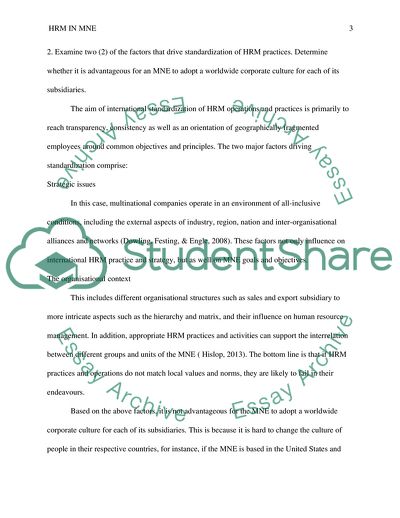Cite this document
(HRM in an MNE Research Paper Example | Topics and Well Written Essays - 1500 words, n.d.)
HRM in an MNE Research Paper Example | Topics and Well Written Essays - 1500 words. https://studentshare.org/human-resources/1858008-hrm-in-an-mne
HRM in an MNE Research Paper Example | Topics and Well Written Essays - 1500 words. https://studentshare.org/human-resources/1858008-hrm-in-an-mne
(HRM in an MNE Research Paper Example | Topics and Well Written Essays - 1500 Words)
HRM in an MNE Research Paper Example | Topics and Well Written Essays - 1500 Words. https://studentshare.org/human-resources/1858008-hrm-in-an-mne.
HRM in an MNE Research Paper Example | Topics and Well Written Essays - 1500 Words. https://studentshare.org/human-resources/1858008-hrm-in-an-mne.
“HRM in an MNE Research Paper Example | Topics and Well Written Essays - 1500 Words”. https://studentshare.org/human-resources/1858008-hrm-in-an-mne.


